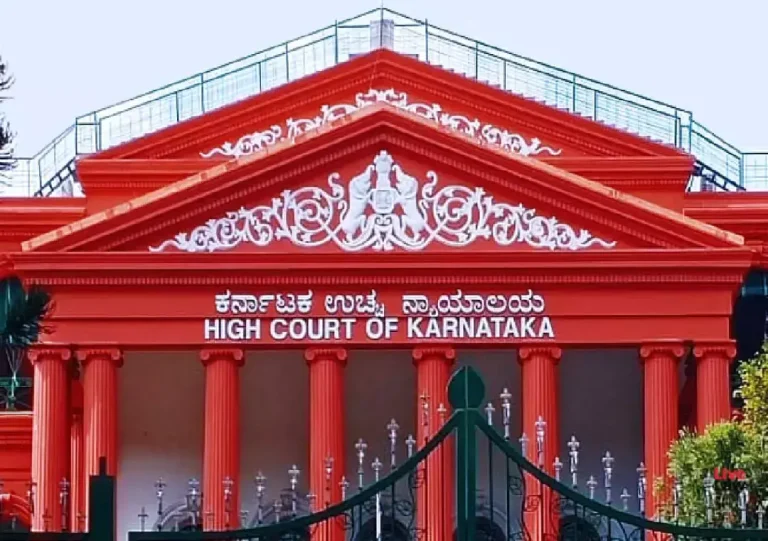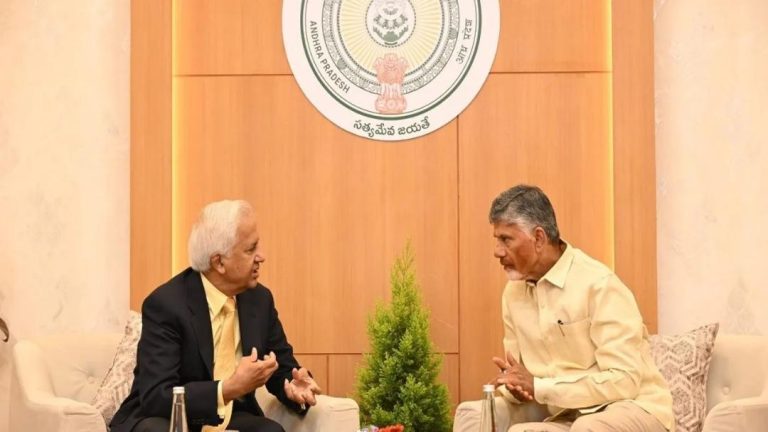
Govt proposes 5% and 18% GST slabs, tobacco & pan masala at 40%: Reports
The Goods and Services Tax (GST) regime in India is expected to undergo a significant overhaul, with the government proposing a two-slab structure of 5% and 18%, as reported by sources. Additionally, goods that are considered detrimental to public health, such as tobacco and pan masala, will be slapped with a higher GST rate of 40%. The proposal has been reportedly sent to the GST Council for further deliberation.
The GST Council, comprising of state finance ministers and the Union Finance Minister, will likely meet soon to discuss the proposal and decide on the final rates. The council has the authority to make changes to the GST structure, which was introduced in 2017 to replace a plethora of indirect taxes in the country.
Currently, the GST structure has four slabs – 5%, 12%, 18%, and 28%. The proposal to reduce the number of slabs to two, with a lower rate of 5% for essential goods and a higher rate of 18% for most goods, is aimed at simplifying the tax regime and reducing compliance costs for businesses.
The lower rate of 5% is likely to be applicable to essential goods such as food, healthcare, and education. This move is expected to benefit consumers, who will see a reduction in the prices of these essential goods. The higher rate of 18%, on the other hand, is likely to be applicable to most goods, including manufactured goods, textiles, and services.
The proposal to increase the GST rate on sin goods such as tobacco and pan masala to 40% is aimed at discouraging their consumption and generating more revenue for the government. Tobacco and pan masala are considered harmful to public health, and increasing their GST rate is expected to reduce their consumption and generate additional revenue for the government.
The government has been exploring ways to increase revenue and reduce the fiscal deficit, and increasing the GST rate on sin goods is seen as a viable option. The government has also been exploring ways to reduce the compliance burden on businesses, and simplifying the GST structure is expected to achieve this goal.
The proposal to simplify the GST structure has been welcomed by industry bodies, which have been advocating for a simpler and more efficient tax regime. The Confederation of Indian Industry (CII) has said that a two-slab GST structure would simplify the tax regime and reduce compliance costs for businesses.
However, some experts have expressed concerns that a two-slab GST structure may not be sufficient to address the complexities of the Indian economy. They have argued that a multi-slab structure, with varying rates for different goods and services, may be more effective in addressing the complexities of the Indian economy.
The government has not yet commented on the proposal, but sources said that it was sent to the GST Council for further deliberation. The GST Council is expected to meet soon to discuss the proposal and decide on the final rates.
In conclusion, the government’s proposal to simplify the GST structure and increase the GST rate on sin goods is expected to have a significant impact on the Indian economy. The proposal to reduce the number of slabs to two, with a lower rate of 5% for essential goods and a higher rate of 18% for most goods, is aimed at simplifying the tax regime and reducing compliance costs for businesses. The proposal to increase the GST rate on sin goods such as tobacco and pan masala to 40% is aimed at discouraging their consumption and generating more revenue for the government.






